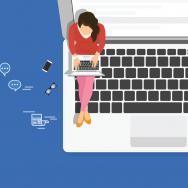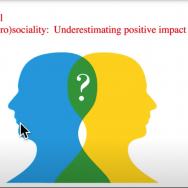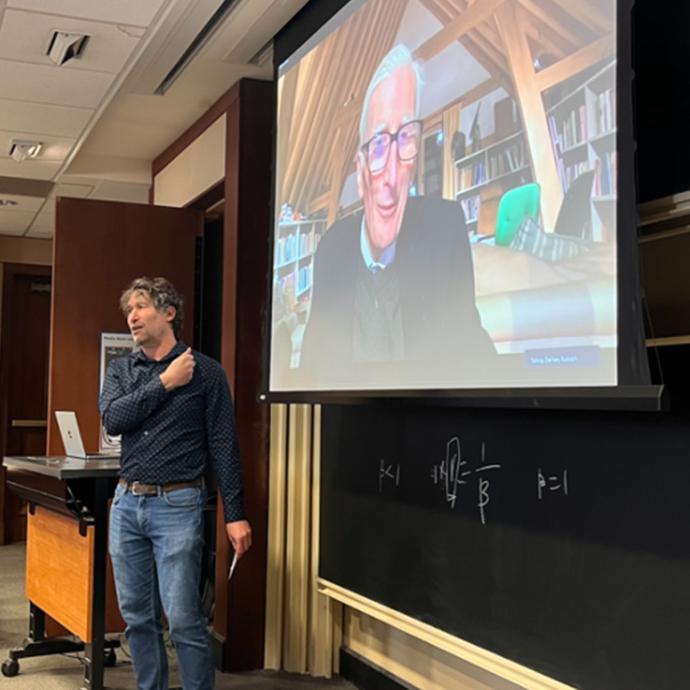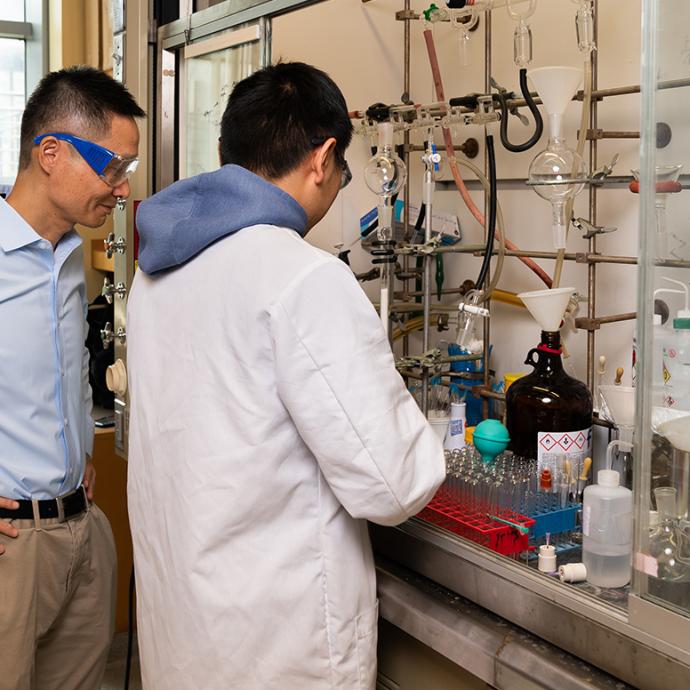The COVID-19 pandemic has disrupted one of the University of Chicago’s primary missions: the advancement of scientific knowledge.
When nonessential spaces closed in March to help stop the spread of the coronavirus, that included the labs of scientists who work in close proximity to real people—including those at Chicago Booth’s Center for Decision Research, which examines how social interactions shape human behavior.
“I feared it was the end of productive research as we know it in the CDR,” said Prof. Nicholas Epley, the faculty director for the center. “I could not have been more wrong.”
Despite his initial concerns, Epley has been “amazed” at the CDR’s successful transformation of its lab operations, the PIMCO Decision Research Laboratories, from a traditional lab into a virtual laboratory space. After four months, the lab has conducted virtual studies with more than 2,500 unique participants, completing 16,000 study sessions.
In an average week, the virtual lab engages three times more participants than the in-person labs did a year ago—maintaining the same high standards for data quality while studying topics such as the power of compliments, partisan divides, remote learning and social media.
Founded in 1977, the Center for Decision Research produces world-class behavioral science insights that shape public policy and are regularly featured in leading academic journals and popular press. The engine that drives this innovative scholarship is the center’s PIMCO Decision Research Laboratories, a behavioral science research unit that engages students and community members in interactive experiments. Traditionally, this research has been conducted in-person at a lab on UChicago’s Hyde Park campus, as well as via pop-up labs at museums, parks, cafes and other public spaces throughout the Chicago area.
Many of the CDR’s faculty study social interaction—expressing gratitude, interacting with strangers, random acts of kindness—so studies often involve participants connecting with one another in close quarters. However, the coronavirus presented a new challenge: How could the lab safely conduct its distinctive interactive studies in the era of social distancing?












 —Prof. Chuan He
—Prof. Chuan He
